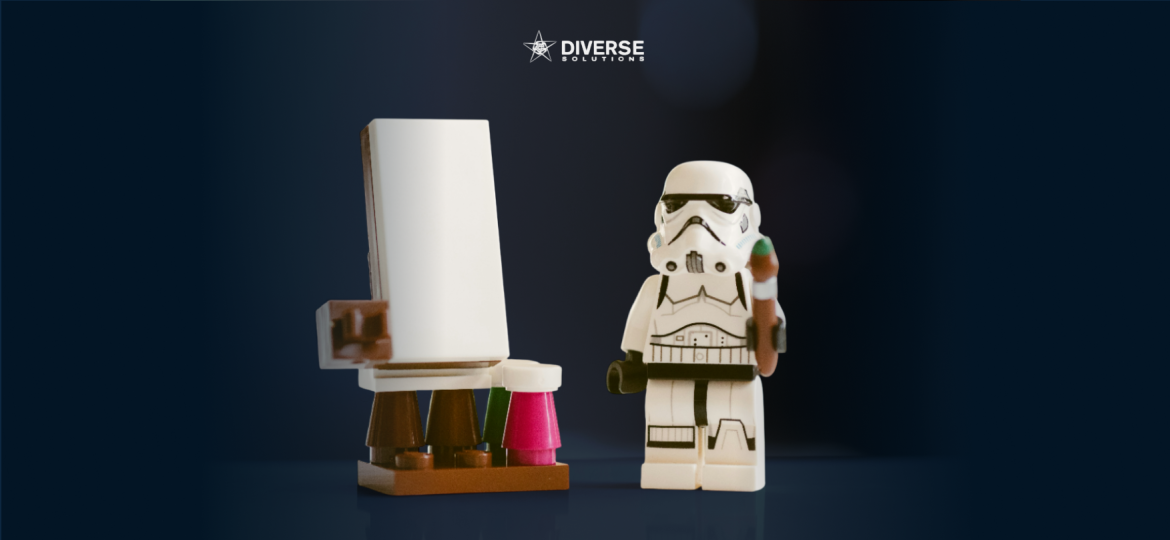
The global toy market isn’t just for children anymore. A new group of consumers—known as kidults—is reshaping the industry, proving that play doesn’t have an age limit. From collectible figurines to LEGO sets and nostalgia-driven franchises, kidults are fueling a cultural and commercial shift that blends fun, identity, and self-expression.
Who Are the Kidults?
The term kidult (a portmanteau of “kid” and “adult”) refers to grown-ups who buy toys, collectibles, or games traditionally marketed toward children. This trend transcends demographics, capturing millennials and Gen Z adults who grew up with beloved brands like Pokémon, Barbie, and Star Wars—and are now revisiting them as part of their lifestyle.
According to The NPD Group, kidults make up more than 25% of total toy sales in the United States, accounting for billions in revenue. Similar patterns are emerging across Asia and Europe, as adult consumers embrace play for relaxation, creativity, and nostalgia.
The Psychology Behind the Kidult Trend
Nostalgia as Emotional Comfort
Studies from the Journal of Consumer Research reveal that nostalgia increases emotional well-being by providing a sense of stability and connection to the past. Toys and collectibles act as emotional anchors, allowing adults to relive simpler times while navigating the pressures of modern life.
Play as Stress Relief
The American Psychological Association (APA) reports that play and creative hobbies significantly reduce stress and improve mood in adults. Building a model kit or displaying a collection isn’t just fun—it’s a form of mindfulness and emotional regulation.
Identity and Self-Expression
In a digital age, kidults use collectibles and hobby toys to express personality and individuality. Limited-edition figurines or themed merchandise serve as lifestyle statements, merging fandom culture with fashion and interior design.
The Economic Power of Kidults
The kidult market has become one of the fastest-growing segments in global retail.
- Statista (2024) reports that the global adult collectible toy market surpassed US$17 billion, with projected growth through 2030.
- Brands like LEGO, Funko, and POP MART now design entire product lines specifically for adult fans, blending sophistication and nostalgia.
- Toy conventions and collectible exhibitions in Singapore, Japan, and the U.S. have seen record attendance, highlighting the community-driven nature of the movement.
This rise is also driven by disposable income: adults can now afford the toys they once desired as children.
The Role of Social Media and Pop Culture
Platforms like Instagram, TikTok, and YouTube have amplified the kidult phenomenon. Toy photography, unboxing videos, and community-driven fan art have transformed collectibles into social experiences. The hashtag #Kidult now counts millions of views globally, symbolizing a movement where play and passion coexist with adulthood.
Pop culture franchises such as Marvel, Disney, and Nintendo continue to expand their universes, blurring the line between entertainment and lifestyle.
Beyond Play: Kidults and Modern Design
Interestingly, kidult culture is influencing interior design and brand marketing. Display shelves, minimalist showcases, and playful office corners now feature as part of home and corporate aesthetics. Designers and marketers alike are recognizing that the emotional pull of play can enhance creativity and workplace morale.
Conclusion
The kidult trend isn’t just about toys—it’s about reclaiming joy, creativity, and emotional connection in a fast-paced, digital world. As society continues to embrace the importance of mental health and self-expression, the act of play has evolved into something deeply meaningful.
Whether it’s collecting, building, or simply enjoying moments of nostalgia, the rise of kidults reflects a universal truth: growing up doesn’t mean giving up fun.
For more information and to explore our offerings, visit Diverse Solutions Singapore.

